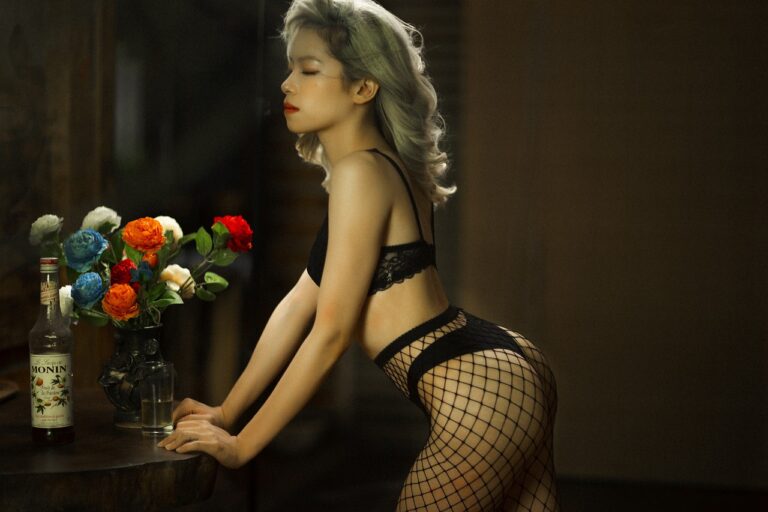Exploring Cultural Diversity on the Runway
Fashion shows are a captivating reflection of diverse cultural influences. From intricate beadwork to vibrant patterns, designers draw inspiration from a myriad of traditions and customs. These influences are skillfully woven into their creations, resulting in a rich tapestry of styles on the runway.
The fusion of various cultural elements in fashion shows serves as a powerful means of storytelling. Each garment becomes a narrative, representing the heritage and individuality of different communities. This celebration of diversity not only showcases the beauty of various cultures but also highlights the importance of inclusivity in the fashion industry.
Impact of Diversity in Fashion Industry
Diversity in the fashion industry has brought about a shift in the way we perceive beauty and style. It has opened doors for individuals from all backgrounds to showcase their unique talents and perspectives in the world of fashion. By embracing diversity, fashion shows have become platforms for celebrating the richness of different cultures and traditions, creating a more inclusive and dynamic industry.
This push for diversity has not only expanded the representation of various ethnicities on the runway but has also influenced the design process itself. Designers are increasingly drawing inspiration from diverse cultures, incorporating elements such as traditional textiles, patterns, and silhouettes into their collections. This fusion of different cultural influences has given rise to innovative and boundary-pushing designs that challenge conventional notions of fashion.
Why is cultural influence important in fashion shows?
Cultural influence is important in fashion shows because it allows for representation and appreciation of diverse backgrounds, traditions, and aesthetics. It brings a unique perspective to the runway and helps break down stereotypes in the industry.
How does diversity impact the fashion industry?
Diversity in the fashion industry promotes inclusivity, creativity, and innovation. It allows for a wider range of perspectives and ideas to be showcased, leading to more dynamic and culturally rich designs.
What are some examples of diversity in the fashion industry?
Examples of diversity in the fashion industry include the rise of models from different ethnicities, body types, and gender identities on the runway. Brands are also increasingly incorporating diverse cultural influences and hiring more diverse designers and creatives.
How can consumers support diversity in the fashion industry?
Consumers can support diversity in the fashion industry by actively seeking out and supporting brands that prioritize inclusivity and representation. They can also advocate for diversity in advertising campaigns, fashion shows, and industry leadership.
What challenges does the fashion industry face in terms of diversity?
The fashion industry still faces challenges in terms of diversity, such as lack of representation in leadership positions, cultural appropriation, and tokenism. It is important for the industry to continue to work towards true inclusivity and equity for all.





